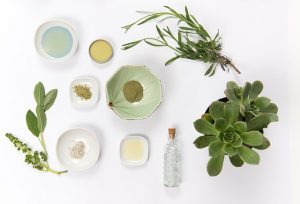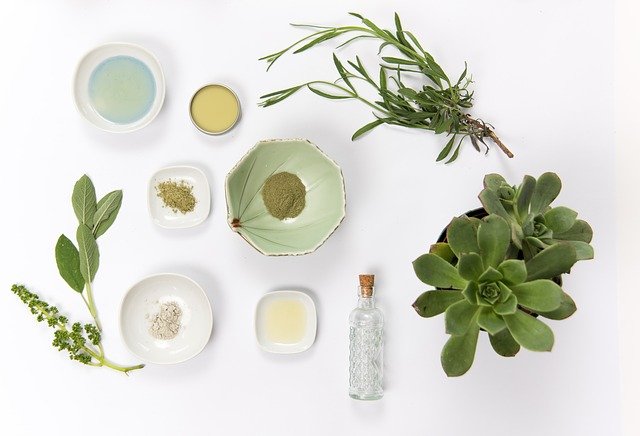Beautycounter, launched in 2013, is considered a leader in clean beauty. Gone are the days when consumers shopped beauty and skincare products for fancy brand names and gorgeous packaging alone. Shoppers today are paying keen attention to what ingredients are in beauty products to ensure they are safe. The clean beauty market has become a fast-growing category and demand is expected to continue to grow. Of course, certain factors in the world have helped accelerate the importance for safety and transparency in products.
“The declaration of a climate emergency has increased consumer awareness and grown demand for ethical and environmentally-friendly products. Infiltration of these products alongside wellness and self-care trends has increased the demand for clean beauty,” says Edited Retail Analyst Heather Ibberson. “With more time spent indoors over this past year, consumers have been wearing less makeup and focusing more heavily on their skincare, which has led to an increased consumer awareness of cosmetic ingredients across generations.”
Globally, the clean beauty market is estimated to reach $22 billion by 2024, according to Statista Research. Brands sitting between drugstore and luxury prices are performing the best, the retail analyst notes. “There’s a mixture of brands operating in the clean beauty space at the moment, from those targeting a younger consumer, like Kosas and Versed, to more mature brands such as RMS Beauty and Tata Harper that have a strong celebrity backing,” Ibberson says.
Beautycounter, considered a leader in the clean beauty movement, is committed to changing education surrounding clean beauty.

Image by Alexandr Ivanov from Pixabay
The brand is using its platform to create new federal standards surrounding clean beauty and recently led two days of virtual lobbying on cosmetic reform with members of Congress. “Beautycounter believes in the power of advocacy to change our country’s outdated laws in order to better protect consumers,” said Gregg Renfrew, Beautycounter founder and chief executive officer, in a release, referring to the Federal Food, Drug and Cosmetic Act passed in 1938, which is the main law governing the beauty industry. “Consumers deserve federally regulated, health-protective safety standards, and I’m proud to work with our coalition of clean beauty brands as well as leaders in public health policy and medicine to push for change.”
The brand introduced “The Clean Guide” on its e-commerce site, naming brands it deems are committed to transparency, quality and integrity. It also compiled “The Never List,” pinpointing chemicals contained in many beauty products, things like coal tar, formaldehyde and synthetic fragrances, that may be harmful to health.
In total, the company has targeted more than 1800 ingredients it promises to never use in its products. (Side note: the guide can be downloaded into a pocket-size version to carry around while shopping.) “Safety has never been more top of mind for people. The last year and a half has changed a lot of our approaches to clean beauty,” says Lindsay Dahl, senior vice president of social mission at Beautycounter. “Our job is to make really safe products that perform well and while meeting the needs of our day to day lives.”

Image by dungthuyvunguyen from Pixabay
Most define clean beauty, which is different than vegan beauty, as products made without ingredients that can be harmful to health. Still, without a standardized definition for what defines clean beauty, experts agree the word “clean” is subjective. “That’s OK as long as the federal government is working on a standard,” Dahl says. “This conversation was happening about a decade ago around the word ‘natural.’” The buzzwords surrounding clean beauty can also be confusing. “Terms like clean and natural aren’t regulated, which has led to many brands and retailers creating their own definitions of clean beauty,” Ibberson says.
“Sephora and Ulta Beauty have both created their own in-house certifications to define which products it deems as clean based on a list of no-go ingredients, which slightly differ from one another. In order for clean beauty to go mainstream, consumers need to feel confident in their purchase decisions, which could be achieved through an industry-wide definition of terms.” Clean beauty may be experiencing greater demand, but it has a way to go before it’s mainstream.
“One of the main barriers for consumers is the expensive price tag,” Ibberson says. “Due to the hard-to-source and high-quality ingredients. However, brands like Versed have proved that clean beauty doesn’t always have to come at a high cost, offering its customers synthetic-free formulas that can be found on the shelves at Target.”



Recent Comments